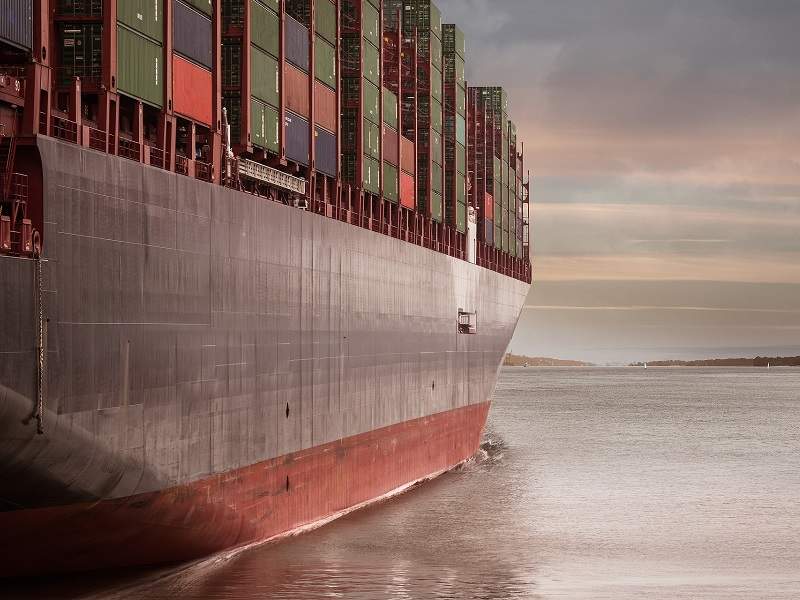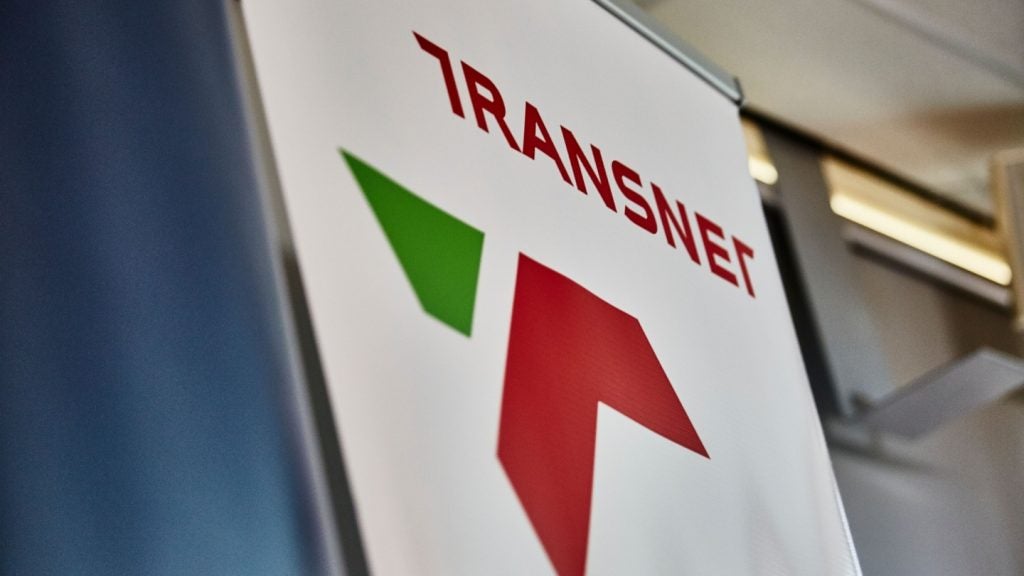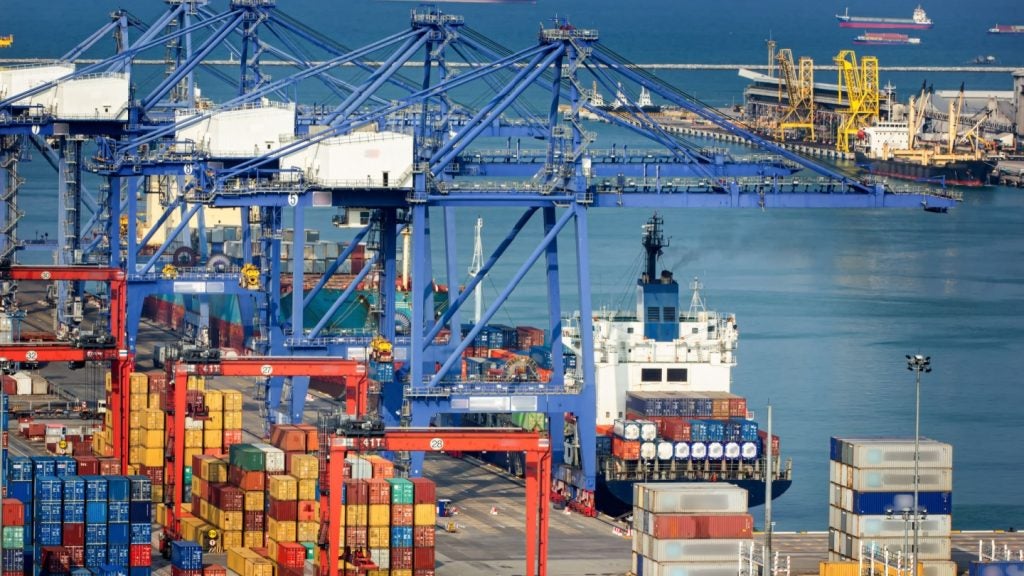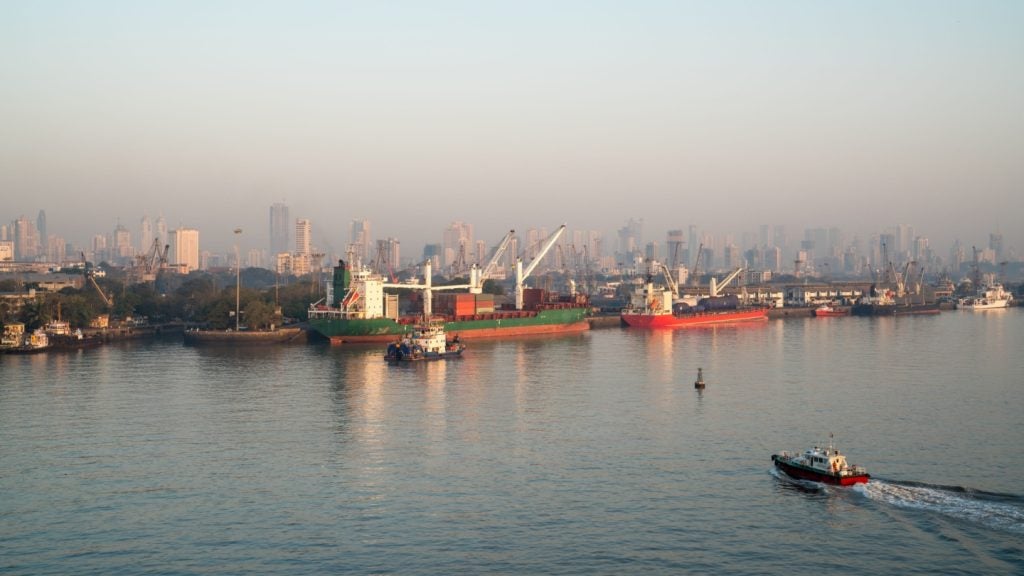
Although cases of drug addiction at sea tend to be generally rarer than in other industries, a Drug and Alcohol at Sea advice booklet published by insurance company the Shipowners’ Club has recently highlighted a number of safety-related risks that derive from it.
The booklet, which was published in October this year, suggests that easy access to liquid assets and a “desire to enjoy oneself following periods of what might have been isolation and repetitiveness” is increasingly leading seafarers to turn to drugs. “In some areas of the world,” the paper reads, “and on certain types of vessel, drug abuse is becoming a serious safety hazard.”
To combat this, the booklet strongly urges employers to put in place detailed drug and alcohol policies, as well as to provide their employees with educational materials and encourage them to have a healthy lifestyle.
If not implemented correctly or lacking a solid system of scheduled and random testing, these measures could have potentially hazardous repercussions on both employees and employers.
A high exposure to a variety of drugs
According to the International Maritime Organization (IMO), seafarers tend to be highly susceptible to the use of drugs for a number of reasons, including limited social interactions, tough working conditions and long and irregular working hours. Living on a vessel that functions both as workplace and home, as well as variations in the rules and regulations surrounding the use of drugs and alcohol in each country can also be counted as main reasons.
The Shipowners’ Club loss prevention manager Carri Woodburn explains that embarking on long stints away from ordinary life and entertainment has a significant impact on a seafarer’s mental health.
How well do you really know your competitors?
Access the most comprehensive Company Profiles on the market, powered by GlobalData. Save hours of research. Gain competitive edge.

Thank you!
Your download email will arrive shortly
Not ready to buy yet? Download a free sample
We are confident about the unique quality of our Company Profiles. However, we want you to make the most beneficial decision for your business, so we offer a free sample that you can download by submitting the below form
By GlobalData“Crew often spend long periods of time away from their family which may have an effect on their morale, and in some instances, people turn to drugs or alcohol as a form of escape where they may experience mental health un-wellness such as depression,” Woodburn says.
Cultural backgrounds and traditions can also increase a seafarer’s exposure to drug dealers. Dr Mark Piper, toxicology services manager at Randox Testing Services (RTS), says that such a wide-ranging geographical distribution, combined with worldwide travel, can result in the “potential exposure of maritime workers to the widest variety of drugs due to a diverse range of ports and locations in which many vessels can dock.
“At sea or on waterways, alcohol and drugs are potentially even more dangerous than on land because of the changing environment,” he explains. “The motion, vibration, engine noise, sun, wind and spray can emphasise the effects of taking drugs or alcohol. This leads to a decrease in awareness and hazard perception thereby increasing the potential for a safety-related incident.”
The extent of the danger can also depend on geographical factors. For example, there is a greater risk to find stimulant and hallucinogenic substances in South American and West African ports, whereas in other areas of the world, established drugs such as cannabis and cocaine are more easily traceable.
However, Piper maintains that the situation has a large margin for improvement: “The maritime sector consists of a very compliant workforce with a low rate of drug and alcohol misuse. This is reassuring to see considering the potential impact an incident involving a maritime vessel could have.”
Breaking down the stigma
While employers can only partially intervene to prevent drug dealers from approaching seafarers, a lot can be done to detect and deter patterns of drug abuse in the workplace.
In practical terms, the Shipowners’ Club suggests focusing on communication and encourages employees to make their own wellbeing a priority while partnering with organisations like the International Seafarers’ Welfare and Assistance Network (ISWAN) with their SHIP campaign.
However, despite the good intentions, advocating for a healthy lifestyle may not always have the hoped impact, leaving employers with a need to apply stronger measures.
In 1995, the Oil Companies International Marine Forum published a series of guidelines for the Control of Drugs and Alcohol Onboard Ship that is still taken into consideration today and suggests that a mixture of regular and random testing should always be put in place.
Based in the UK, RTS provides alcohol and testing services for a number of safety-critical companies including those involved in maritime.
Yet there is still a lot of misconception around drug testing, which is often seen as a statement showing lack of trust by the employer against its employees.
“From an employee’s viewpoint, partaking in a drug and alcohol testing programme should not be viewed as their employer prying or interfering with their lives, rather than their employer protecting the welfare of all staff as well as the company’s assets and reputation,” says Piper. “It should be comforting to know that you can have confidence working for an organisation that not only protects all employees, but also protects the public, other seafarers and the company’s future.”
He believes that a well-structured testing system is key to tackling drug abuse. “By implementing a combination of random drug and alcohol testing along with an active for cause testing program, employers can significantly reduce the frequency of substance misuse within the workforce,” says Piper.
A ‘more hygienic and dignified’ testing method
Despite being the most trusted systems, traditional types of testing such as urine and blood collection can sometimes turn out ineffective as well as time-consuming and costly.
“Collecting a body fluid sample can be quite challenging sometimes in terms of having to stop people from beating the test by substituting somebody else’s urine or pulling something into the sample and fake it,” says Dr Paul Yates, business development director at Intelligent Fingerprinting, developer of the world’s first fingerprint-based drug test.
Launched in summer 2018, the solution could help speed up drug-testing processes and is said to be more accurate than other traditional systems. “When you look at a fingerprint,” says Yates, “it is actually made up of sweat and sweat is a body fluid. Because it’s a body fluid, in common with every other body fluid like blood or urine, any drug you take your body will metabolise it and you’ll end up with by-products of those things in your body fluid.” Hence the idea of using fingerprints to find traces of drugs.
In just about ten minutes, the test is capable of detecting the presence of drugs that belong to the four most popular groups, namely amphetamines (which include ecstasy) cannabis, opioids (containing substances like heroin) and cocaine. The test streamlines sample collection, with samples carried through a cartridge that registers a person’s sweat from their fingerprint. Upon collection, the cartridge is sealed – meaning it can no longer be compromised – before chemical analysis takes place.
It is available for use in any workplace, but could be particularly effective in maritime where long and hectic working hours require tests to be carried out quickly.
Yates claims that the system makes drug testing a more hygienic and dignified process, as well as helping to prevent employees from taking drugs: “You’re trying to establish a deterrent, push people to stop turning up at work having done drugs for fear of being tested. Our system enables a very effective deterrent, because you can do the test everywhere instead of having to pre-plan the whole process.”







